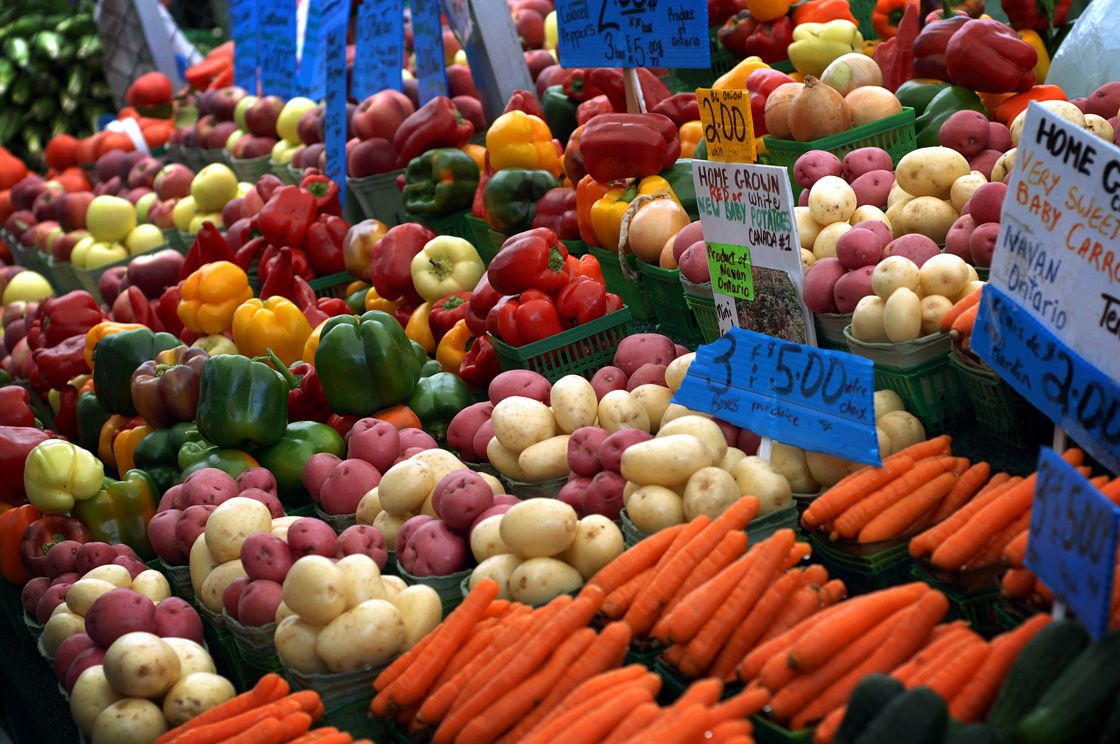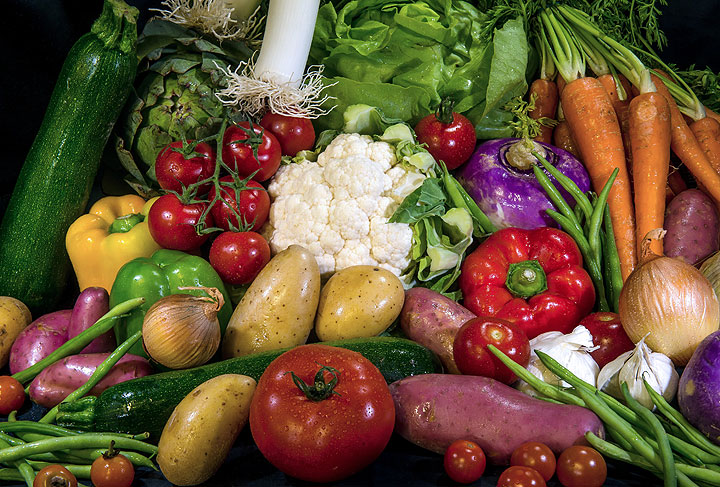It may be tempting to buy jars of prepared baby food, but you might not be doing your child any favours nutritionally, says holistic nutritionist Jill Hillhouse.

In The Best Baby Food: 125 Healthy & Delicious Recipes for Babies & Toddlers (Robert Rose), co-author Hillhouse offers tips on introducing babies to real food and tempting toddlers with a variety of flavours and colours.

She says some commercial baby foods may have additives like tapioca starch or potatoes.
“Not to say that potatoes don’t have value. (But) if it is a meat product or a broccoli product, then shouldn’t we want to get all those nutrients? You’re diluting it,” says Hillhouse.
READ MORE: Fresh, whole food recipes for babies including green bean puree, roasted fruit
She cites a 2013 study from the department of human nutrition at the University of Glasgow that found commercial baby foods designed to be “first foods” had more calories than formula milk and fewer nutrients than homemade foods.

Get weekly health news
In other words, she says, babies would need more food to get the same amount of nutrients that they were getting from formula. This can set up a lifetime habit of eating large amounts of nutrient-poor processed food.
Chef Jordan Wagman and Hillhouse seek to banish the mindset that kids should eat bland food.
“It’s kind of incredible when you think about infants around the world. They’re eating spices and herbs pretty much everywhere else except in North America,” says Hillhouse.
“I don’t know why we need to feed them just plain rice and that kind of stuff, and from a nutritional perspective it certainly doesn’t make any sense.”
Included are recipes for first foods such as pureed vegetables and integrating meats and fruits for those aged six to nine months. Fennel, eggplant, quinoa, hummus and bok choy are suggestions for when babies near their first birthday, and recipes for toddlers include oven-roasted artichokes, salmon cakes and jasmine rice with butternut squash and saffron.
“It’s important to open the palate, expose little people to all sorts of tastes so they get used to it,” says Hillhouse.
The authors also advise introducing foods in a wide range of colours. “We know that the deeper-coloured fruits and vegetables and their skins have so many great properties to them so it’s wonderful to include them, not just visually.”
Hillhouse suggests trying to carve out an hour or two every so often to prep some pureed foods.
Once a baby graduates to food, he or she eats only a few tablespoons at a time, the equivalent of a couple of thawed chunks frozen in ice-cube trays.
“Do up a whole bunch of ice-cube trays and you’ve got a ton of food,” she says. “You get the time back over the next four weeks while using up those foods.”
A huge challenge for many parents is satisfying picky eaters.
READ MORE: Most picky eating harmless but it can signal emotional woes
Be careful not to reveal your own dislikes, Hillhouse says. Children notice when a food appears on their plate but not on a parent’s dish.
Hillhouse also recommends organic produce when possible for youngsters.
“Pesticides have a much stronger effect on small bodies and it’s well documented that they’re more detrimental to small children than they are to the rest of us.”
READ MORE: Pesticides in produce – best bang for your buck when buying organic
Included in the book is a list generated by the Environmental Working Group in the U.S., which has identified 20 fruits and vegetables containing the most pesticide residue unless organically grown, and 15 of the least contaminated fruits and vegetables.
“The key message with organics, I still believe, is it matters more that you actually eat fruits and vegetables, whether or not they’re organic,” says Hillhouse.


Comments